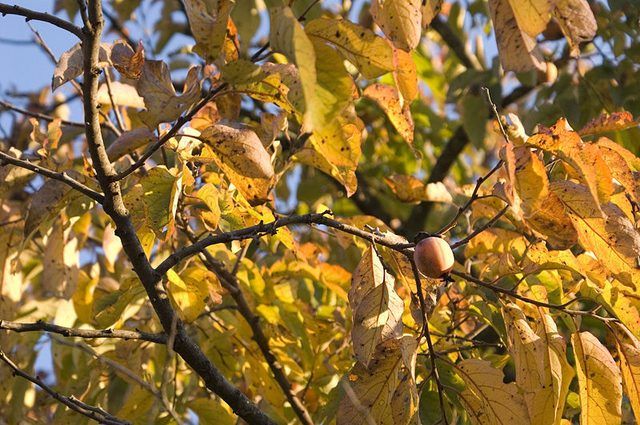Bulbs
Flower Basics
Flower Beds & Specialty Gardens
Flower Garden
Garden Furniture
Garden Gnomes
Garden Seeds
Garden Sheds
Garden Statues
Garden Tools & Supplies
Gardening Basics
Green & Organic
Groundcovers & Vines
Growing Annuals
Growing Basil
Growing Beans
Growing Berries
Growing Blueberries
Growing Cactus
Growing Corn
Growing Cotton
Growing Edibles
Growing Flowers
Growing Garlic
Growing Grapes
Growing Grass
Growing Herbs
Growing Jasmine
Growing Mint
Growing Mushrooms
Orchids
Growing Peanuts
Growing Perennials
Growing Plants
Growing Rosemary
Growing Roses
Growing Strawberries
Growing Sunflowers
Growing Thyme
Growing Tomatoes
Growing Tulips
Growing Vegetables
Herb Basics
Herb Garden
Indoor Growing
Landscaping Basics
Landscaping Patios
Landscaping Plants
Landscaping Shrubs
Landscaping Trees
Landscaping Walks & Pathways
Lawn Basics
Lawn Maintenance
Lawn Mowers
Lawn Ornaments
Lawn Planting
Lawn Tools
Outdoor Growing
Overall Landscape Planning
Pests, Weeds & Problems
Plant Basics
Rock Garden
Rose Garden
Shrubs
Soil
Specialty Gardens
Trees
Vegetable Garden
Yard Maintenance
How to Grow Persimmon Trees
How to Grow Persimmon Trees. Persimmon trees are a versatile plant that is highly desired for both its fruit and its wood. We're going to look at ways to make the most of your persimmon trees.

Persimmon trees are a versatile plant that is highly desired for both its fruit and its wood. We're going to look at ways to make the most of your persimmon trees.
Things You'll Need
A suitable climate (very, very warm)
Several persimmon trees
Where to Plant
Plant persimmon trees in an area where the temperature does not drop below 10 degrees Fahrenheit. Popular locations include the American southeast, Arizona and Hawaii.
Plant several trees together. The trees will each contain only male or only female flowers and very rarely develop into self-pollinating plants. Therefore, for a successful harvest of persimmon fruits, several trees should be planted together. Oriental varieties of the persimmon are capable of producing fruit from a single gender flower.
Plant in an area with good drainage. Standing water can weaken the trees and will have a negative impact on fruit production. Trees should be planted about 20 feet apart and in a place where they will be protected from strong winds.
Give careful consideration to where you plant the trees. Mature trees will reach between 20 and 30 feet, so attention should be given to making sure they have plenty of room to grow. Healthy trees will grow up to a foot a year while they are maturing. Pruning is not necessary and fertilization will depend on the soil mixture. High nitrogen content is advisable, and will aid in leaf production.
Take care of your trees. It will take about seven years before a persimmon tree matures to the capability of bearing fruit. While waiting for the trees to mature, make sure that branches are secure and protected. Some may need to be braced and kept from breaking. The trees are susceptible to various types of insects so be sure to watch for any signs of pests.
Harvesting: The blossoms will occur in groups and thinning the groups will help increase the size of the fruit. After harvest, the method of preparing the fruits depends on the astringency of the tree. The maru type of persimmon must be cured before consumption; the fuyu is ready to eat after being ripened on the tree.
Tips & Warnings
Persimmon trees have the added bonus of being an excellent addition to any landscape. They're beautiful trees no matter what the age or season.
Do not eat unripened persimmons. They contain a chemical that can create stones and intestinal blockages not only in humans, but in domestic animals as well.